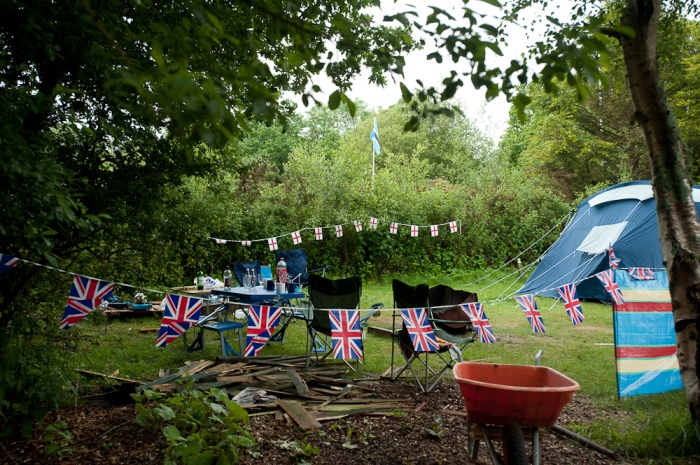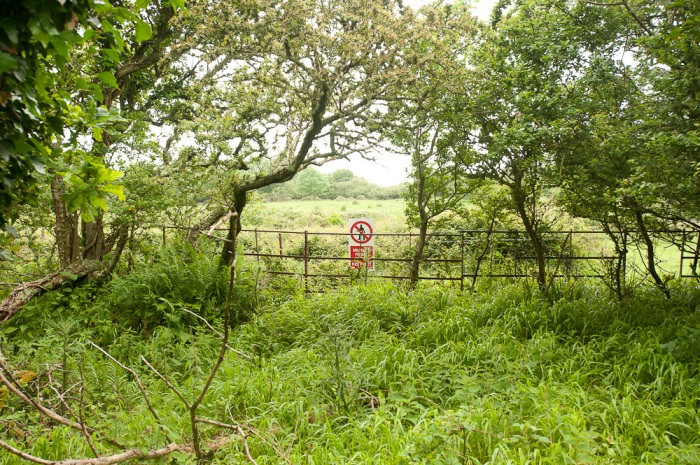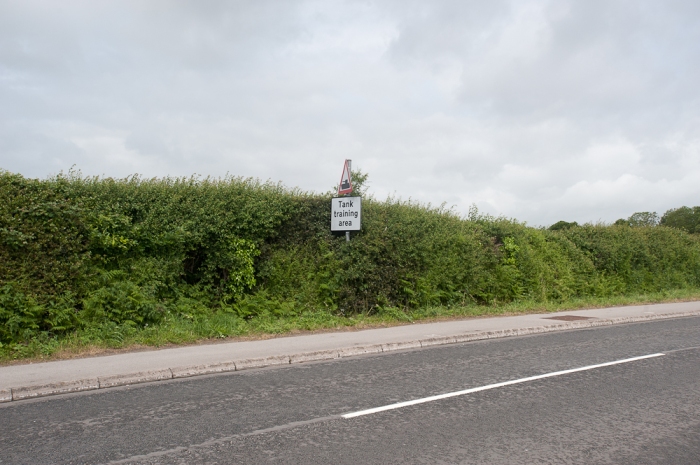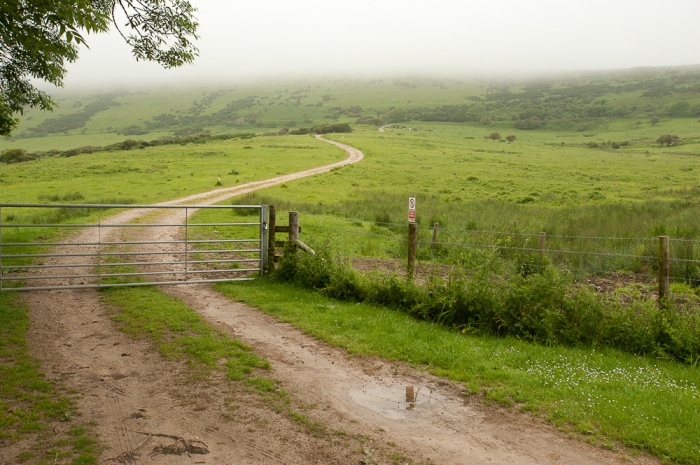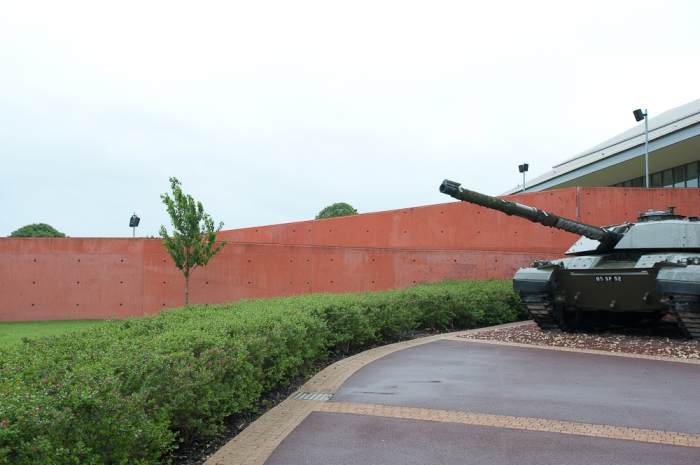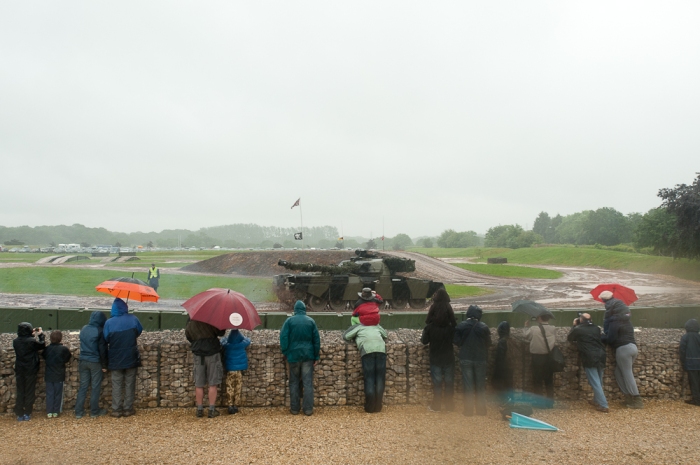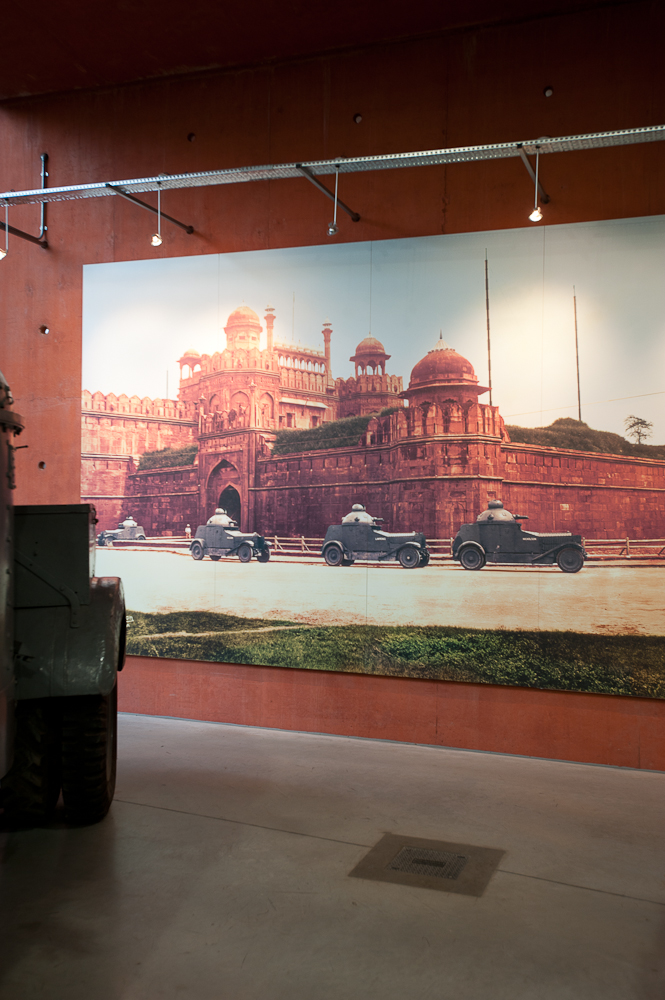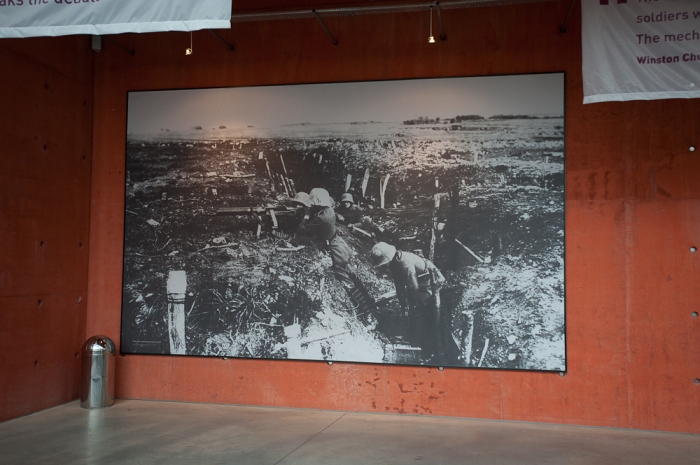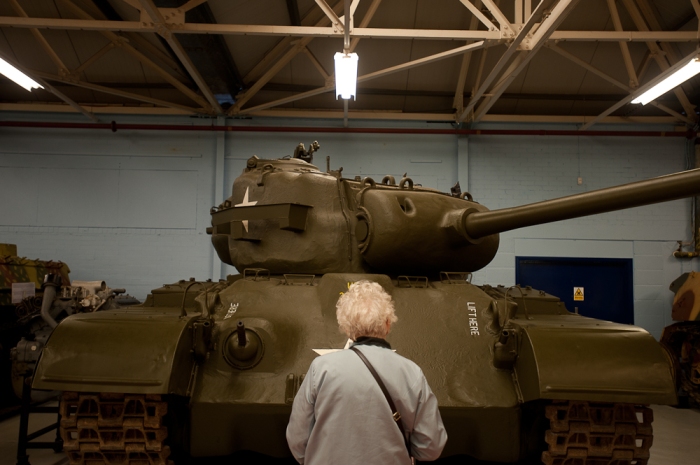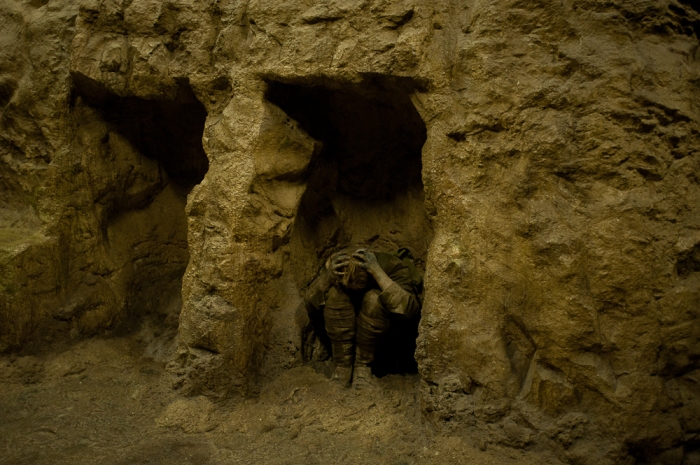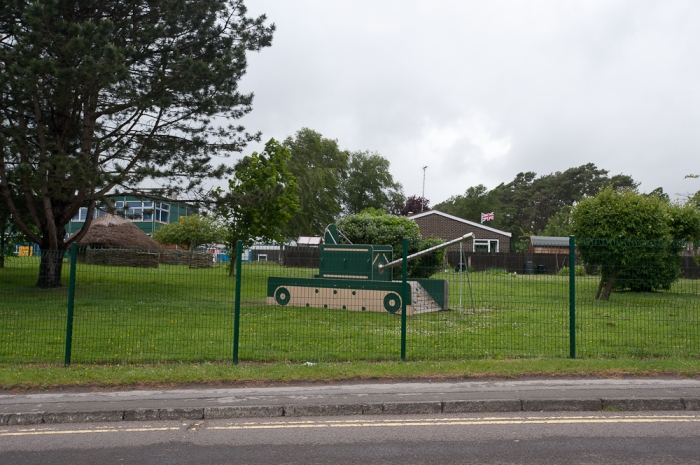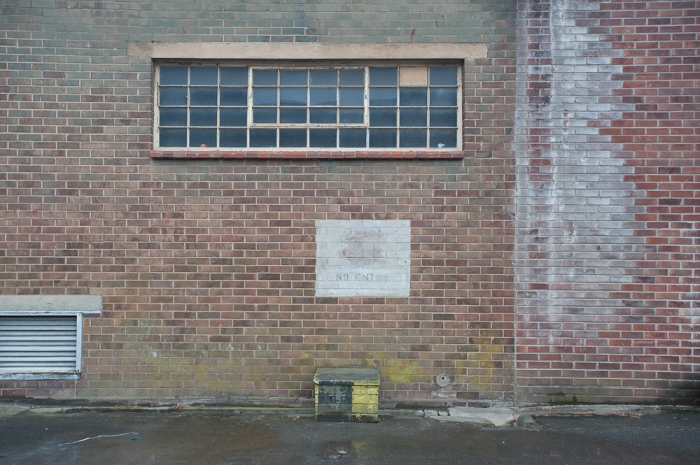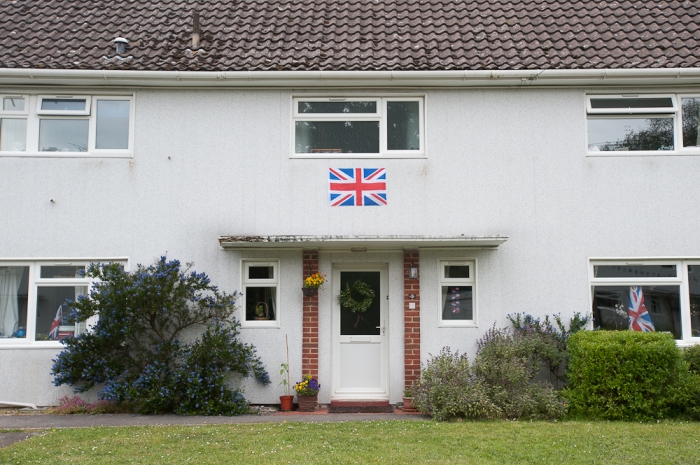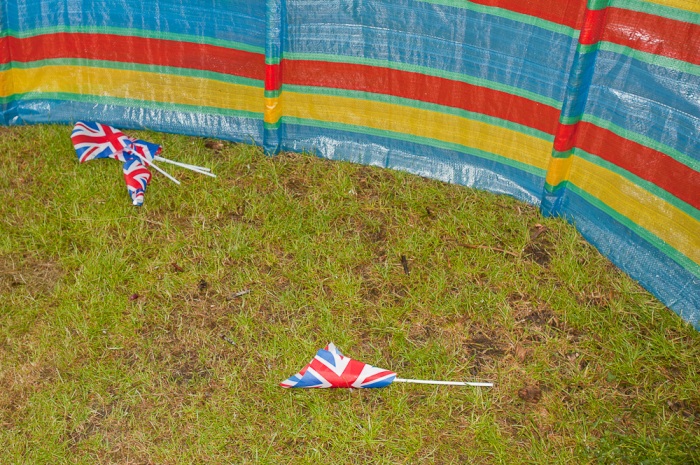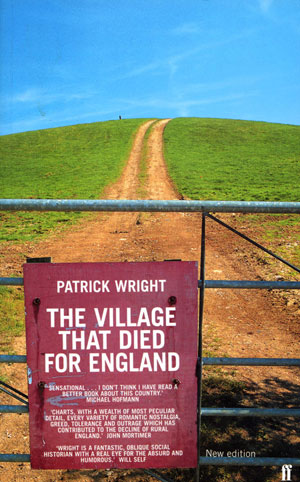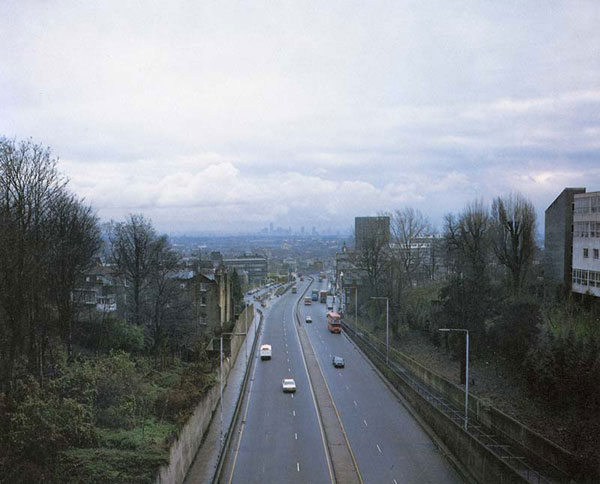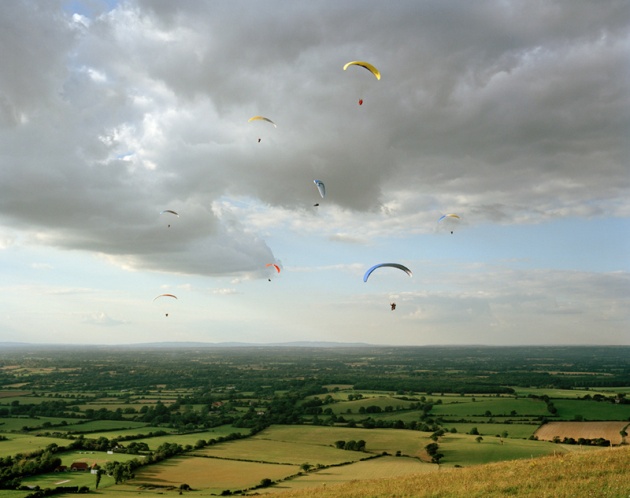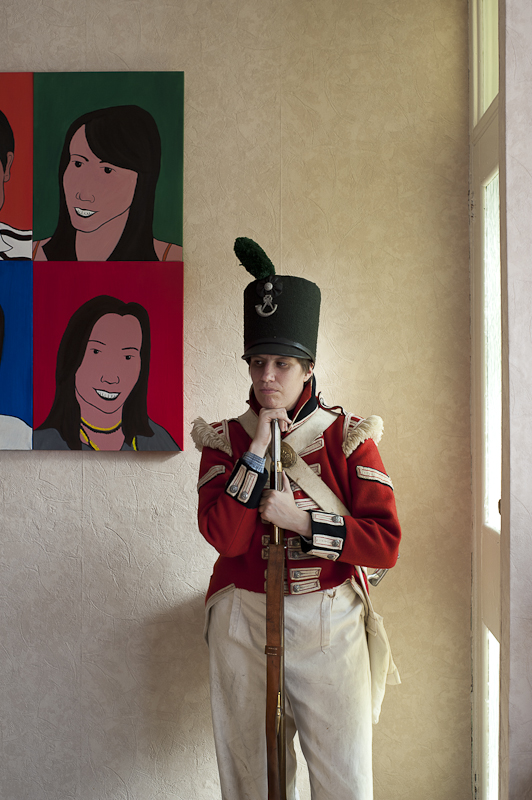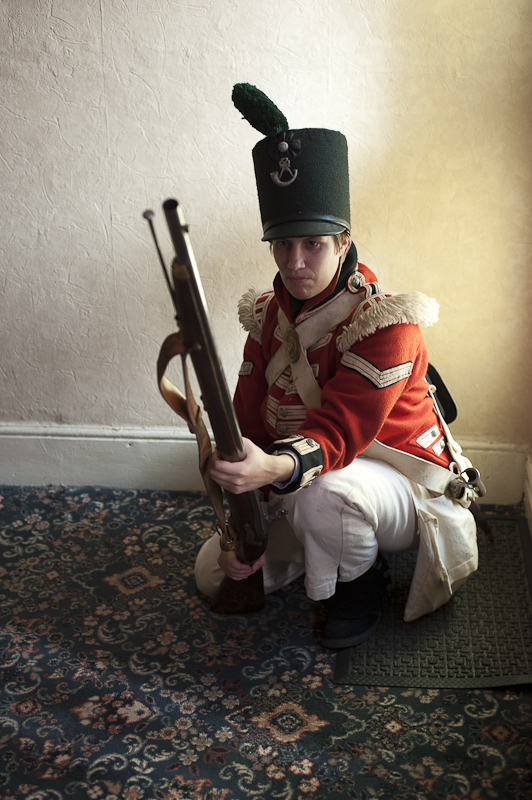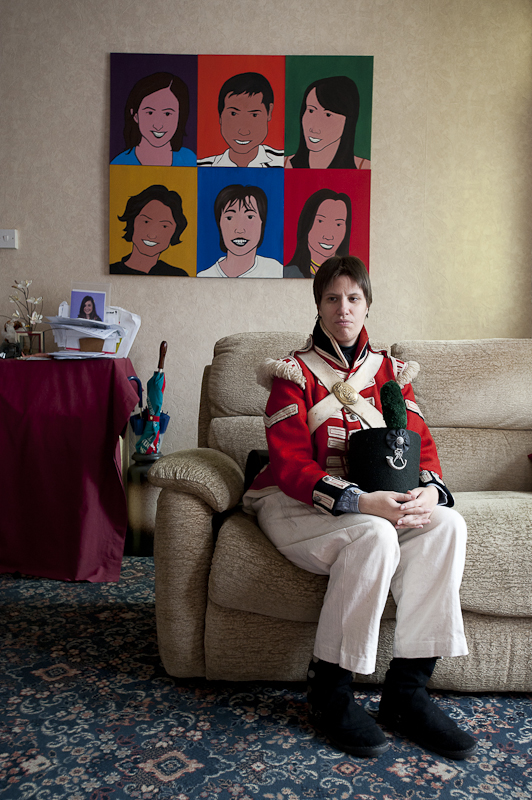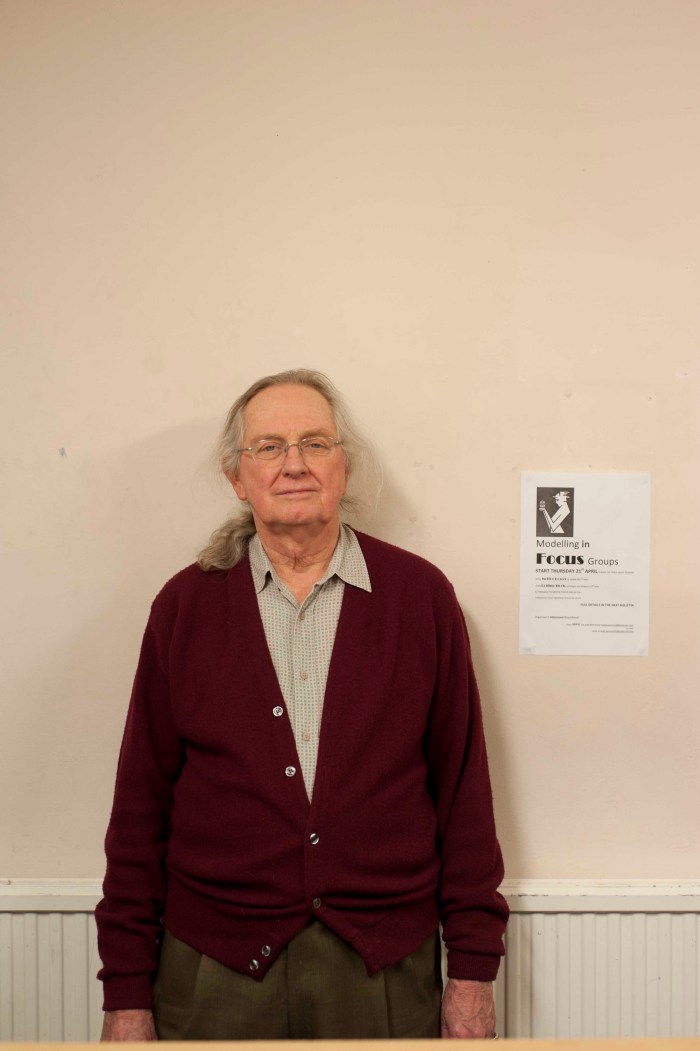Posts Tagged ‘mapjd’
A few hiccups, but all in all a rather patriotic weekend
Several weeks ago, just as the Diamond Jubilee weekend came into joyous but rather rainy fruition, I made my way down to the South West of England to an area largely controlled by the Ministry of Defence (this area is specifically dedicated to the training and study of tanks and tank warfare).
Whilst the nation mostly glued themselves to the TV screens and watched the pageant float down the Thames in bouyant style, I was intrigued with what kind of Britain I might see around an area so tied up with the Defence of our glorious realm. Here are some pictures of some of the things I saw:
[NB: this originally was a reconnaissance project for something which I am now putting on the back burner – but do watch this space]
The stories of Tyneham and Lulworth: initial thoughts on my Major Project
From the 1980s to the 1990s the historian Patrick Wright made many trips to Dorset. His targets were Lulworth and the valley of Tyneham, as part of the extensive research he was undertaking for his book The Village that Died for England: the Strange Story of Tyneham. His book concerned the fate of the small village of Tyneham and the surrounding area, a village that had been evicted during the 1940s to enable the MOD to train their tanks as part of the Second World War war effort. It was subsequently never returned to the villagers. Now still largely controlled by the Ministery of Defence for the training of tanks, the majority of the Lulworth area is a patch of British countryside that remains untouched by modern developments such as agriculture and heavy tourism (save for quite a few tank shells obviously). According to his book ‘it has lurked in the national imagination ever since as the symbol of a vanished England’.
With a keen grip on the history of the area and its ability to relate to wider themes within Britain’s development, Wright’s research trips allowed him to identify significant locations, people, and events that would help him put the pieces of his story together. In his hands Tyneham and the surrounding area was not only a story about a specific area in England, it was an area which allowed him to investigate the hopes and fears of Britain as it came to terms with the advance of the 20th century: his book “investigates the strengths and weaknesses of ‘organic’ visions of the English countryside. It is concerned with opposed expressions of patriotism, the fear and appreciation of technology and military power, the tension between traditional ideas of English life and the transformations brought about by the modernising State.”
I am interested in Wright’s work because it is not just a study of surface appearances but is concerned with tracing a story of Britain, by unravelling and joining together the layers of history hidden at symbolic locations. It is these ‘historical’ points that I want to try to identify and photograph. I’m interested in loosely re-tracing the footsteps of the historian around the area with the same inquisitive eye, trying to ascertain elements which could be used to piece a story together about what this part of rural England was and what it is today. I’m hoping that the kind of images I make will make something that will not just be about a specific location but will allow me to explore what aspects of this area have symbolic potential and why this is. What is it that makes us see something as symbolic? What is it about a site or a way of photographing a place that allows it to comment to the way we think about our country? Which sites are more relevant to our sense of Britain than others and why? Will these images demonstrate a wider significance to the everyone else or will they just say more about my personal point of view of Britain? And most importantly, will anyone actually buy the vision of England that I’m presenting?
I have a few ideas about how this project could look like but I will add these in the coming weeks in more posts. I will also be visiting the area for the first time tomorrow on a five day camping trip. The weather forecast is pretty grim but this is all what being a fearless adventurer is all about, right? Let’s hope I can get to grips with the tent and the good old camp stove. Grrrr.
Historical re-enactment at home
One of the main bits of feedback about my last photo essay (on Napoleonic historical re-enactment) was that although there were some nice single images they didn’t come together as a story that well. They didn’t really have a point besides showing that a particular hobby takes place. If you want to see what this piece of work looked like you when I submitted it you can see the website here.
My strategy with the first iteration of my re-enactment project was slightly misguided. After going through all of the images I had shot I saw that I had three categories of images (portraits, action shots, and anachronistic scenes) and so I decided to make sense of them by presenting them in their 3 simple categories. Obviously this was slightly silly; in effect my submitted piece of work was less an exercise in telling a story and more one in which I simply categorised some images of historical re-enactment. Nice if you want to look at a catalogue of images, not so nice if you want an actual story about the hobby.
I guess what I’m interested in is giving the viewer a sense of the background on which re-enactment takes place, which is on the lives of women and men with historical interests in the UK. I will be doing this not only through some multimedia videos that I am currently producing but also through a series of portraits that I am doing in and around where re-enactors live. I will be using all of this to add another dimension to the images of the re-enactments taking place. Here are a few that I shot recently with the great Keri Tolhurst.
Model Railway Club – Portraits
I haven’t posted up any new stuff up for a long, long time I realise. I also have suddenly become aware that I haven’t really been using this blog to chart and discuss the development of my photographic ideas either; note to future self.
But here’s some new stuff I shot today – I was hanging out at my favourite model railway joint and I after catching up with some of the guys I took some portraits. These were all pretty quick, using available light (strip lighting from the ceiling). I want to experiment a bit more in the future.
When I was young, I wanted to be a rapper actually…

Promo photo for my old rap group 'Dark Trade'. Yes I know, the name makes no sense
I’ve always been a fairly creative person, but I’ve certainly never wanted to be a photographer all my life. I didn’t even own a camera until 22 (25 now) and to be honest I really wasn’t interested even then, I always wanted to be a rapper anyway. I was quite serious about it: I went to open mic nights in London, I freestyled in the street ciphers with other London emcees, rapped about being much better than all of the other rappers, and all the rest of stuff that you would normally expect. I even recorded a 5 track EP ‘Something I Made Earlier’ which still lies on my hard drive, completely unreleased (however two of the tracks on there can be listened to on my old Myspace page. NB: be warned they are fairly cringe, but they’re still kinda funny to listen to now).
My point is is that although I didn’t start photography until much later than most people, I’ve always been trying things out, adapting to different practices, and seeing what works best for myself. I think this experience of trying different things out and being ready to adapt is really key to my practice as a photographer today, and will be even more important in the future. We just don’t know what’s coming next in terms of storytelling technology. Look at transmedia for example, I mean wow, that’s a real opportunity to explore.
But anyway, back to me. I started taking pictures after buying my first proper camera (a Canon point and shoot) in early 2008 to document my back packing travels in South America and the USA. Needless to say I really enjoyed it, and when I got back I wanted to find something that would keep me going and help me focus on one subject. I would never have predicted that I would literally stumble across a cage-fighting gym near where I live, but obviously I was rather transfixed and started my first project on the UK full contact fighting scene then and there (that was in late 2008 – it’s still ongoing now). I’ve now worked on two proper long term story projects, the latter I’ve just mentioned, and then there’s also one on the UK rap scene and the lives of the artists behind it such as Melanin 9, Chrome, and the members of Triple Darkness. I’m also trying to cover the actions of the anti cuts movement in the UK, which I’m finding quite difficult to do objectively, as I’m a supporter yet have been involved in taking pictures which don’t always tell the whole story about the protests that I’ve attended (obviously this is one of the occupational hazards for any reporter, and I will do my best to dedicate a blog post on it at a later date).

Police wait for more orders in the midst of the 'kettle' on Whitehall, during the protests against the rises in tuition fees, 24.11.10
In terms of my practice up until late last year, I’ve always been focusing on telling quite literal stories: ‘x’ is what happened, ‘y’ is a main character in this story, ‘y’ is related to ‘m’ and they are both heavily involved in ‘n’, which eventually led to ‘x’ happening. Stuff like that. Although that’s important to editorial photography, I would like to try methods of storytelling that aren’t quite so linear in the future and this is something that I’m hoping that I can get started on MAPJD course. Having the privilege of being lectured by such visual and conceptual greats as Peter Fraser is a brilliant way to start. The work of Taryn Simon and Sophie Calle is of influence here too. Due to these photographers I’m quite interested in making work which comments on why and how the photograph is used, particularly in a commercial news context, because I think that is a story that’s seriously worth telling. I’ve made my first baby steps in this area by producing and shooting a short 5 minute film with the rapper Melanin 9, which is a comment on how rappers are represented in media. You can see that here.
PS: My last thing to say is that I’m very lucky that the digital age came along. Digital is intrinsically sympathetic to anyone who doesn’t quite get how the camera works, and I am still embarrassed to say that she has been very sympathetic with me. Technically I am an awful photographer, and have nothing more than a rudimentary sense of how the camera works. Thankfully photojournalism isn’t all about one’s technical ability with the camera, but obviously it’s fundamental to being a professional. It’s safe to say that my technical knowledge of the camera is an area of my practice that I clearly need to attend to. I need to be able to understand all of the possibilities available to be when I hold the camera in my hand, and that’s certainly something I also want to be forced to teach myself on the LCC MA course.
But that’s enough for now. More on me and what I do later….
